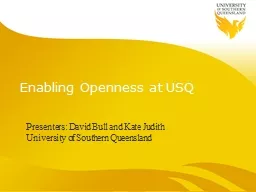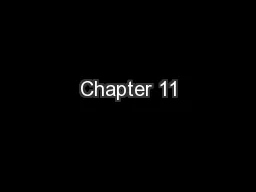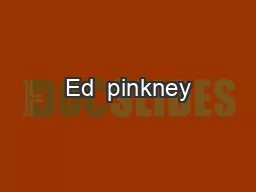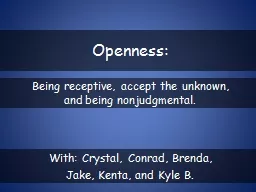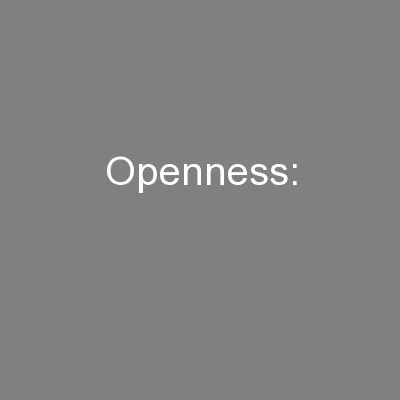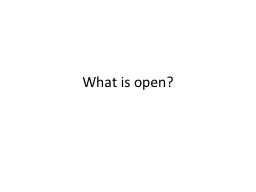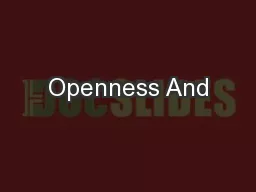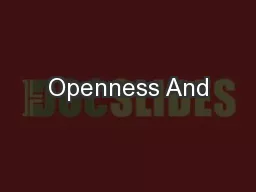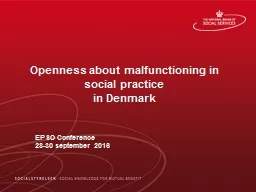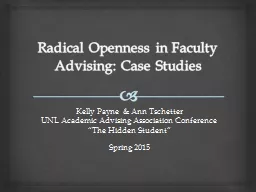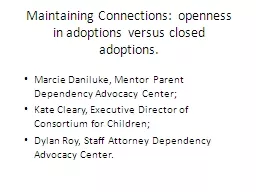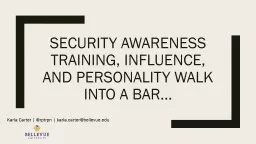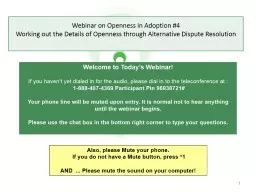PPT-Enabling Openness at USQ
Author : giovanna-bartolotta | Published Date : 2019-11-21
Enabling Openness at USQ Presenters David Bull and Kate Judith University of Southern Queensland USQs OER History 2007 USQ joins the Open Course Ware OCW Consortium
Presentation Embed Code
Download Presentation
Download Presentation The PPT/PDF document "Enabling Openness at USQ" is the property of its rightful owner. Permission is granted to download and print the materials on this website for personal, non-commercial use only, and to display it on your personal computer provided you do not modify the materials and that you retain all copyright notices contained in the materials. By downloading content from our website, you accept the terms of this agreement.
Enabling Openness at USQ: Transcript
Download Rules Of Document
"Enabling Openness at USQ"The content belongs to its owner. You may download and print it for personal use, without modification, and keep all copyright notices. By downloading, you agree to these terms.
Related Documents

